Companies talk about the importance of building customer loyalty and trust, but invariably a headline like this gets in the way:
Mimicking the Airlines Hotels Get Fee Happy
and the public quickly realizes that the “talk” is insincere and deceptive and the race to the bottom of the trust barrel continues.
Who in the C-Suite decided that the way to build trust with customers was to tack on extra charges wherever possible, or to mimic an industry (airlines) with historically low trust and lousy customer service, replete with bankruptcies and consolidations? Why did you choose the airlines as your role model?
Corporate culture is determined by the Board and the CEO. Weak leadership produces weak culture. Apparently the hotel industry has its fair share of both.
While you are racing to the bottom, why not inscribe your “values” on the lobby wall at corporate headquarters:
Our 5 Pillars of Business:
- We have no long-term vision or leadership.
- Our culture is simply to maximize short-term profit at all costs.
- Our customers come last.
- We will nickel and dime them at every turn.
- We have no interest in building loyalty or trust.
I wish this article was a spoof, but it’s not. Where’s the trust? Where’s the love?
Fortunately, industry is not destiny. There are some great hotels who DO place customers first. If you are one of them, please email me at barbara@trustacrossamerica.com. I want to hear your story. I would love to blog about it.
Barbara Brooks Kimmel is the Executive Director of Trust Across America-Trust Around the World whose mission is to help organizations build trust. She is also the editor of the award winning TRUST INC. book series. In 2012 Barbara was named “One of 25 Women Changing the World” by Good Business International.
Coming Soon!
Should you wish to communicate directly with Barbara, drop her a note at Barbara@trustacrossamerica.com
Copyright © 2014, Next Decade, Inc.
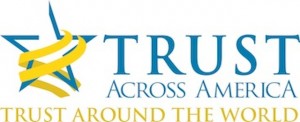
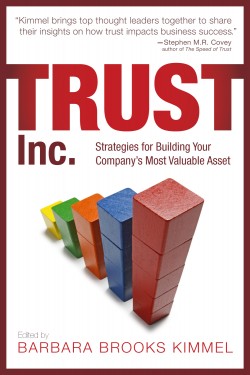
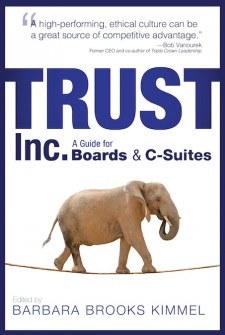
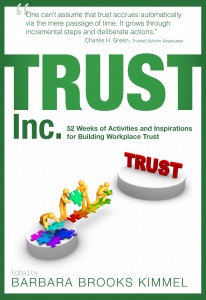
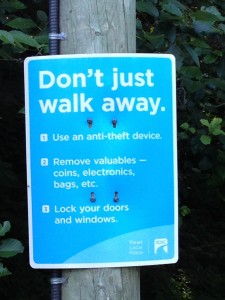
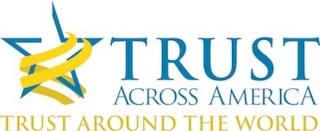

Recent Comments